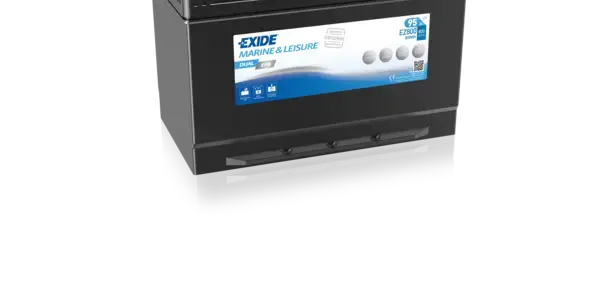Cold weather puts enormous pressure on vehicle batteries, significantly reducing their power. But regular status checks and system recharges will help to guarantee drivers a sure start all winter long. Global stored energy leader Exide Technologies explains how to get batteries ready to face the winter.
Climate change is real, and it is pushing the weather in Europe to new extremes. Last year’s record-breaking heatwaves saw temperatures soar to 46°C in France and nearly 43°C in Germany. Yet only a few weeks earlier, a long spell of cold weather had pushed temperatures across Europe to well below the usual monthly averages in February and March. Temperature extremes are impacting batteries. High temperatures cause them to self-discharge, often damaging them permanently; whilst low temperatures literally drain the life out of them.
The reason that outside temperature has such a major impact on charge is that during cold weather, the engine needs more energy to crank. “Car batteries work best at a temperature of 27°C, but below that their chemical reaction becomes slower,” confirms Guido Scanagatta, Senior Product Manager Automotive EMEA at Exide Technologies. “In cold weather the battery has to overcome increased oil viscosity and engine friction. By the time the temperature falls to 0°C, even a fully charged battery has lost around a third of its starting power. Deep winter temperatures of, say, -18°C leave them with only 40% power.”
Multiple battery challenges
During cold weather the battery also faces its greatest demands, with more power needed for traditional ‘starting, lighting, ignition’ functions as well as for the growing range of power-hungry leisure and safety features. “If a vehicle battery’s performance has already been impaired by summer heat the problems can be severe,” continues Scanagatta. “By winter, both its capacity and its ability to accept charge will be significantly reduced.”
Additional in-car functions today are many; from navigation, multi-media entertainment, reversing cameras and lane assist systems to air conditioning, heated seats, automatic tailgates and mirrors as well as power steering. Even when parked and locked, many modern cars with keyless entry systems could still be taking power from the battery.
The automotive industry’s demand for improved fuel efficiency and lower emissions compounds the problem. Scanagatta explains that vehicle manufacturers, in order to meet ambitious targets, have added a number of features to their vehicles. These include start-stop systems, which multiply the strain placed on ignition and cranking functions, particularly when driven in urban settings.
At the same time manufacturers are reducing their engine sizes and trying, wherever possible, to cut the number of functions directly powered by the alternator. According to Scanagatta, the solution lies in selecting a battery that can withstand the cycle of frequent, large drains of power followed by short recuperation periods.
Selecting the right battery for optimal performance
Batteries are in fact the top cause of car breakdowns, according to statistics from across Europe. That represents a great deal of inconvenience and cost for drivers. By selecting the right battery first time, the risk that a battery will go flat during the winter can be significantly reduced. However, if battery failure does occur and a new replacement is needed, it is vital to choose an appropriate model that conforms to the requirements of the car manufacturer and suits the relevant driving style. To help with this, Exide’s easy-to-use online battery finder (https://www.exidegroup.com/eu/en/battery-finder) is the ideal tool to select appropriate batteries quickly and is equipped with a modern user interface.
Exide offers the complete range of batteries including flooded (standard and premium), EFB (enhanced flooded battery) and AGM (absorbent glass mat; both main and auxiliary for start-stop). This choice reflects the complexity of the market segment, delivering the right product for any application and ensuring winter reliability.
However, the real added value is Exide’s use of carbon as a chemical additive. For cars with modern engines featuring advanced electrical equipment, Exide has developed Premium Carbon Boost 2.0 batteries, which recharge two times faster than conventional types. Scanagatta explains: “These batteries are ideal for extreme temperatures as well as urban or demanding driving conditions. The technology also works well in erratic city traffic, where batteries are often poorly recharged from the alternator. Premium Carbon Boost 2.0 batteries are an excellent upgrade for conventional powertrains needing faster recharge.”
The company’s EFB batteries with Carbon Boost 2.0 also support all vehicles with high cycling requirements, whether with or without a start-stop system. They additionally offer extra power. “Intelligent alternators and regenerative braking in vehicles with start-stop systems deliver optimal energy recuperation, maximum fuel savings and lower CO2 emissions,” continues the expert. “Our Carbon Boost 2.0 EFB batteries for start-stop powertrains provide an additional way of generating ‘extra life’ for conventional powertrains.”
Both ranges keep aftermarket customers at the cutting edge of energy efficiency. Car drivers also enjoy the benefit of lower running costs, thanks to fuel savings and fewer battery replacements.
Proactive prevention to face the winter
To further complicate battery performance in colder weather, the self-discharge and corrosion problems caused by summer heat will often only be revealed when the thermometer falls in autumn or winter and more energy is needed to start the engine. “Fortunately, there are some simple ways that workshops and their motorist customers can avoid the headache of battery breakdown,” Scanagatta says. “Technicians can lead the way with smart testing tools, and by sharing preventative advice with their customers.”
An advanced battery tester, such as the EBT965P battery tester from Exide Technologies, allows mechanics to check the state of health of the battery, with proprietary Exide algorithms providing the data needed to advise the customer whether the battery should be retested or replaced. “The single most important piece of advice for drivers is to have their battery professionally checked throughout the year,” the expert concludes.
Vehicle Requirements:
DIAGNOSING AND PREVENTING BATTERY BREAKAGE: WORKSHOP ADVICE
End customer battery problems can be spotted and solved both in winter and all year round with the help of an advanced testing tool:
- Battery check routine. Put the battery on the list for routine winter vehicle checks:
- To assess voltage losses, check battery voltage, then recharge if required
- Clean the battery to help prevent damage and deep discharge
- Lightly cover battery terminals and poles with copper grease to avoid lead-acid oxidation
- Tighten the battery connections and adjust the terminals
- Ideally keep car (and battery) in a cool, dry place (0–25°C) during storage
- Levels to look for.
- A fully charged car battery voltage should be 12.7 V or above. A voltage of 12.5 V or below means that the battery has started to discharge. To get a true ‘resting’ voltage reading of the battery, make sure that the car has been sitting for some time with the engine off, preferably overnight
- Choose a smart testing tool.
- As demand for battery servicing increases in line with the higher power needs of today’s vehicles, an advanced battery tester can help workshops to stand out from the crowd. The EBT965P battery tester from Exide Technologies is one of the most innovative, future-proof tools available, offering a range of added-value features
- The tester is suitable for use with EFB (enhanced flooded batteries), AGM (absorbent glass mat), GEL and standard flooded batteries up to 3000A for light, commercial, marine and leisure vehicles
- The tool can also perform a system test and determine whether the alternator, regulator and overall charging system are working as they should. Poor alternator output will cause the battery to be undercharged during driving, resulting in lower average state of charge, reduced capacity and premature failure
- The battery tester’s Conductance Profiling™ technology is specifically developed to diagnose if the battery is capable of supplying electric charge for a prolonged time. This uses advanced algorithms validated on Exide products, to assess the residual energy available in a battery to supply the vehicle’s electrical devices. It also allows workshops to advise how soon the client’s battery should be retested – even when it can still crank the engine, and before the driver notices obvious symptoms. Test results can be efficiently shared with the motorist either via e-mail or with the built-in printer.
WINTER BATTERY TIPS TO SHARE WITH CUSTOMERS
When batteries are kept well charged, battery lifespan is extended. This means reduced costs and hassles for the motorist, and less impact on the environment. Share these top Exide tips with motorist customers to help them avoid an unreliable car battery this winter:
- Avoid deep discharging. If customers have a start-stop system and regularly drive short journeys, their battery may lose its charge over time. Recharging the battery occasionally, for at least 12 hours each time, using the smart Exide 12/7 Charger will address this problem and extend the battery’s life. Exide 12/7 comes with a pair of cables that can be permanently fitted to the battery terminals to facilitate battery tendering.
- Protect your battery. Keep it clean! Over time dust creates a conductive layer between the terminals that can significantly increase the battery’s natural rate of self-discharge. The positive and negative terminals should be lightly coated with copper grease to protect against lead-acid oxidation.
- Check connections. Vibrations can cause battery connections to loosen over time. Check occasionally that they are tight to avoid them becoming disconnected while driving or sparking while cranking the engine.
- Protect batteries when not in use. Batteries will slowly self-discharge when they are out of use. Motorists should ensure their battery is fully charged at the outset and occasionally recharged if the car is parked up for extended periods. This will prevent the battery losing energy storage capacity and extend its life. Also keep it in a cool dry place (between 0-25°C if possible).
- Choose the optimum replacement. Good maintenance will extend the battery’s life, but the time will come when it needs to be replaced – ideally before the driver is stranded at the roadside! Professional workshop advice will enable drivers to make the optimum selection. Appropriate batteries can be found quickly and easily with the aid of Exide’s convenient online battery finder, which features a modern user interface.
For more information on Exide Technologies’ leading battery ranges, visit www.exidegroup.com/eu.
About Exide Technologies:
For more than 130 years, Exide Technologies (www.exidegroup.com) has been Powering the World Forward as a global provider of stored electrical-energy solutions for the Automotive and Industrial markets. Headquartered in Milton, Georgia, Exide operates in 80 countries with more than 9,000 employees. Exide produces a range of battery and energy storage systems and specialty applications for the Automotive, Energy Solutions and Motion markets and industries including agricultural, automotive, electric, light and heavy-duty truck, marine, materials handling, military, mining, powersport, railroad, security, telecommunications, utility and uninterruptible power supply (UPS), among others. As one of the world’s largest secondary recyclers, the company is committed to environmental sustainability.
Media Contact:
Mariola Michalczyk
Content & PR EMEA at Exide Technologies
Tel.: +48 61 87 86 031
E-Mail: [email protected]
Jacek Skolimowski / Martin Pohl
bmb-consult, EMEA Exide Technologies Media Consultants
T.: +49 89 89 50 159 0
E.: [email protected] / [email protected]







